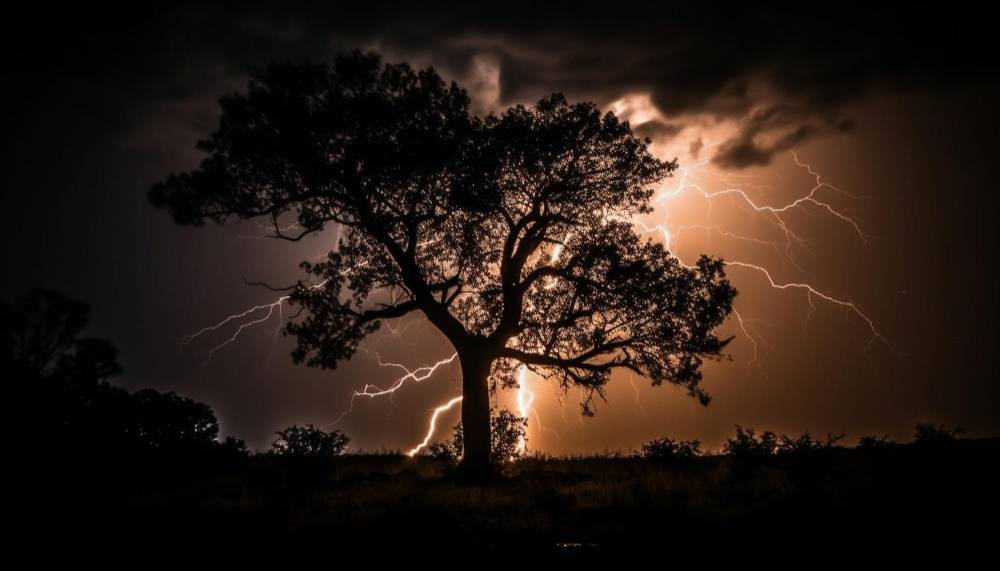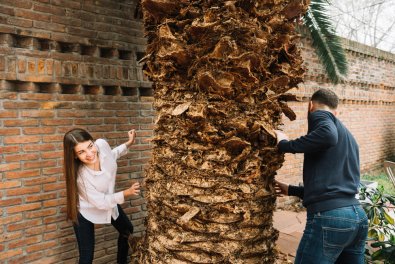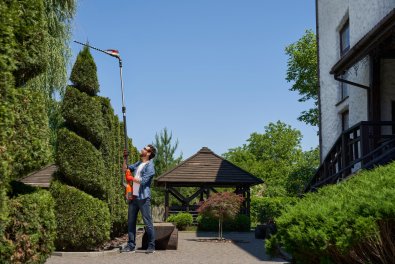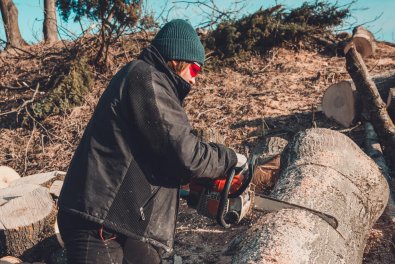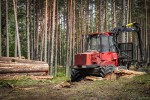8 Ways to Identify Lightning Strikes on Trees
Lightning strikes are not just scary weather phenomena but also cause significant damage to trees. When a tree on your premises is struck, it experiences structural deterioration, health issues, or death. If you live in an area with frequent adverse weather, understanding how to identify the signs of a lightning strike can increase the safety of your property. At the Sesmas Tree Service, we can help you maintain a healthy and lush lawn by assessing the situation accurately and acting quickly. Here are ways to help you pinpoint lightning strikes and make informed decisions.
Splintered or Stripped Bark
Splintered or stripped bark is the most obvious sign of a lightning strike on a tree. When lightning strikes, it often travels down the tree's bark, which is full of moisture, causing it to explode or strip away because of the sudden extreme heat. If you notice bark missing or scattered around the base of a tree, call a trusted tree care company to determine the severity of the lightning strike and recommend effective solutions.
Cracked or Split Trunk
A cracked or split trunk is another sign of a lightning strike. The intense heat produced when lighting strikes a tree causes the sap inside to expand, cracking or splitting of the trunk. These splits can be vertical and extend several feet down, compromising its structural integrity. Once you notice a damaged trunk, professional intervention is vital to prevent safety hazards, property damage, and tree removal emergencies.
Burn Marks
Burn marks on a tree are usually a result of the intense heat from a lightning strike. Look out for blackened or charred areas on the bark, branches, or leaves, and consult a tree service to determine the next course of action. The burn marks can vary in size and severity, depending on the strike's intensity and the moisture content; hence, there is a need to work with professionals for an accurate assessment.
Wilting or Dying Leaves
Lightning strikes can cause instant and severe damage to a tree's vascular system, disrupting water flow and nutrients. This damage often results in wilting of leaves or death and tree removal emergencies after the strike. If a tree's leaves wilt or die without any apparent reason, a lightning strike could be the culprit.
Fallen Branches
The shockwave from a lightning strike can cause branches to break off or fall from the tree. These branches might be scattered around the tree's base or hanging precariously from the remaining limbs. The fallen branches often show signs of burning or splintering, confirming a lightning strike.
Root Damage
While minor root damage is barely detectable, it is a significant indicator of a lightning strike. Lightning can travel through the roots and cause extensive damage below ground. Since the damage is not visible to the naked eye, look for wilting leaves, reduced growth, or instability issues. It is advisable to schedule routine inspections with a tree care company to detect the signs of root damage early before things worsen.
Sudden Decline in Health
A tree struck by lightning often shows a rapid decline in health. This decline can include a combination of the previously mentioned signs, such as wilting leaves, cracked bark, and fallen branches. If a healthy tree suddenly starts to exhibit multiple symptoms of distress, hire certified arborists to determine if it is a lightning strike and recommend effective solutions.
Spiral Patterns on the Bark
Lastly, a lightning strike can leave distinctive spiral or channeling patterns on the tree's bark. As the lightning follows the path down the tree, it forms these patterns because of the less resistance the medium provides. Although this may not raise concerns initially, professional intervention is vital. Tree service experts can inspect the tree, assess the severity, and address the problem accordingly.
As a property owner, identifying lightning strikes on trees is crucial for assessing the damage and taking appropriate action to ensure safety and tree health. Contact us at the Sesmas Tree Service and schedule a consultation with our arborists to manage the immediate aftermath and prevent potential hazards associated with weakened trees.


